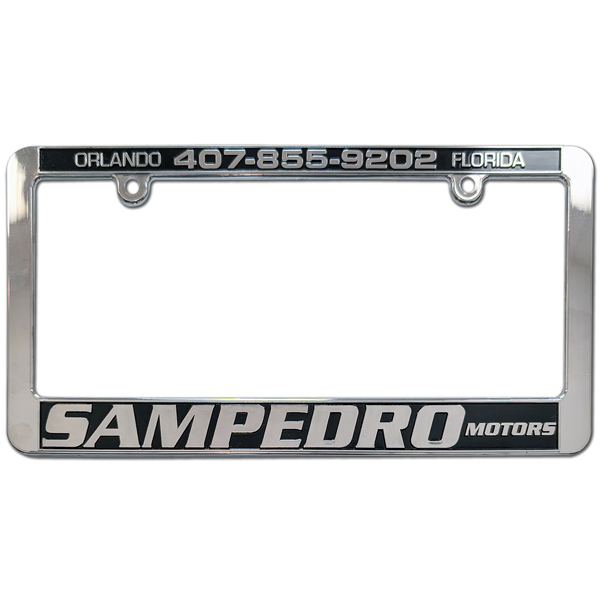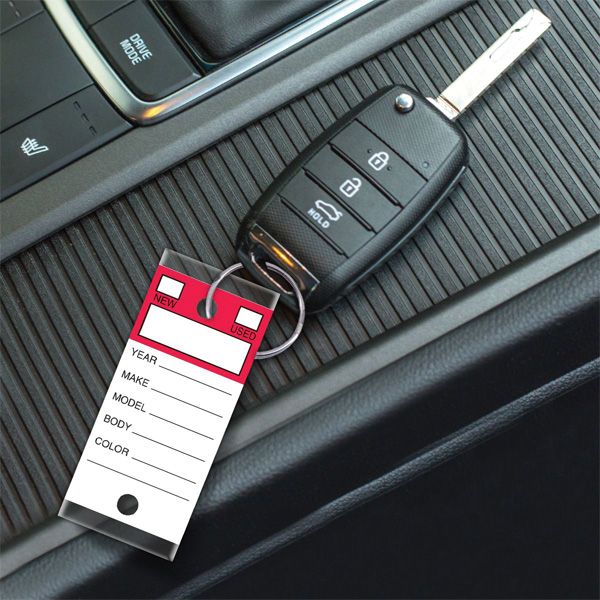5.9 million
The number of passenger cars and trucks sold in 2024 – a 2.6% increase over 2023 and the highest figure since 2019.
It’s been a story of ups and downs for the automotive market this decade. During the pandemic, it was mired in a multi-year inventory shortage due to supply chain disruptions.
Then, the industry saw promising growth and an encouraging comeback the last two years. In particular, manufacturers were cranking out cars again, and selling them too. U.S. “light-vehicle” sales (passenger cars and trucks) reached 15.5 million units in 2023 – a 13% increase from 2022 and a reverse of a one-year decline. Figures haven’t been revealed yet, but 2024 was expected to show growth, though at a more modest pace.
But the story’s changed in 2025. Amid the wide range of new levies unveiled by the Trump Administration was a 25% tariff currently applied to imported vehicles and certain auto parts. It’s sent automakers into shock, with multiple companies pausing shipments as they try to sort through the effects. Even U.S. automakers will be impacted; one study suggests the tariffs could cost companies like Ford, GM and Jeep nearly $110 billion. Many automakers, including U.S.-based ones, manufacture vehicles in nearby countries like Mexico.
Still, under the threat of cars becoming more expensive, vehicle companies are getting more aggressive to sell their existing inventory, and even promoting major discounts, as in the case of Ford.
So despite the uncertainty, there are still more than 18,000 new-car dealerships in the U.S. that are looking to keep clients and find new ones. In the U.S., automobiles are still distributed through individual dealers and independent franchises, though some brands, such as Tesla, are breaking through the traditional model and selling directly to consumers. Hundreds of car dealerships are bought each year, and distributors can position themselves for success by aligning themselves with dealers that are buying and growing, contributing to $940 million in automotive promo products sales.
Product Pick
Promotional items that add character and loyalty to a car are easy sells for any dealership. Pitch a license plate frame (EZ707-2) that comes in various finishes and colors.
Product Pick
Keytags like this one (202) are essential for dealerships that run a busy repair business, as each car that comes in for service receives one.

3 Distributor Tips
Dan Wise, president of Guardian Products Division, powered by Counselor Top 40 distributor BAMKO (asi/131431), is headquartered north of Atlanta, and does 95% of its business in the automotive sector.
1 Be ready for a courtship. Dealerships are extremely busy, and promotions aren’t the highest on their to-do list. Wise advises reps to stay consistent with their communications and develop a trusted relationship over time. “You’re not going to walk in and sell on the first day,” he says. “Do your homework, make it as easy as possible for customers to buy and be ready to negotiate – these guys are masters at haggling.”
2 Target the high-volume franchises. Many people think the money is in the luxury dealers, but it pays to focus on clients that sell for volume rather than top dollar. “If you’re providing a gift with purchase, you want the dealership that sells 400 cars per month versus one that only sells 50 cars per month,” Wise says. “The Hyundai and Kia dealerships of the world are actually making more money and have more opportunities for promos.”
3 Diversify your business. In this market, it’s smart to aim for dealers of varying locations and sizes so it’s not a big hit when some of them inevitably get bought by larger companies. Guardian provides promos and service items such as paper seat covers and floor mats, mirror hang tags and model stickers to more than 4,000 dealers. “The margins aren’t the highest in this niche, but we have built-in protection when we lose a client because no one client takes up a huge portion of business,” says Wise.


